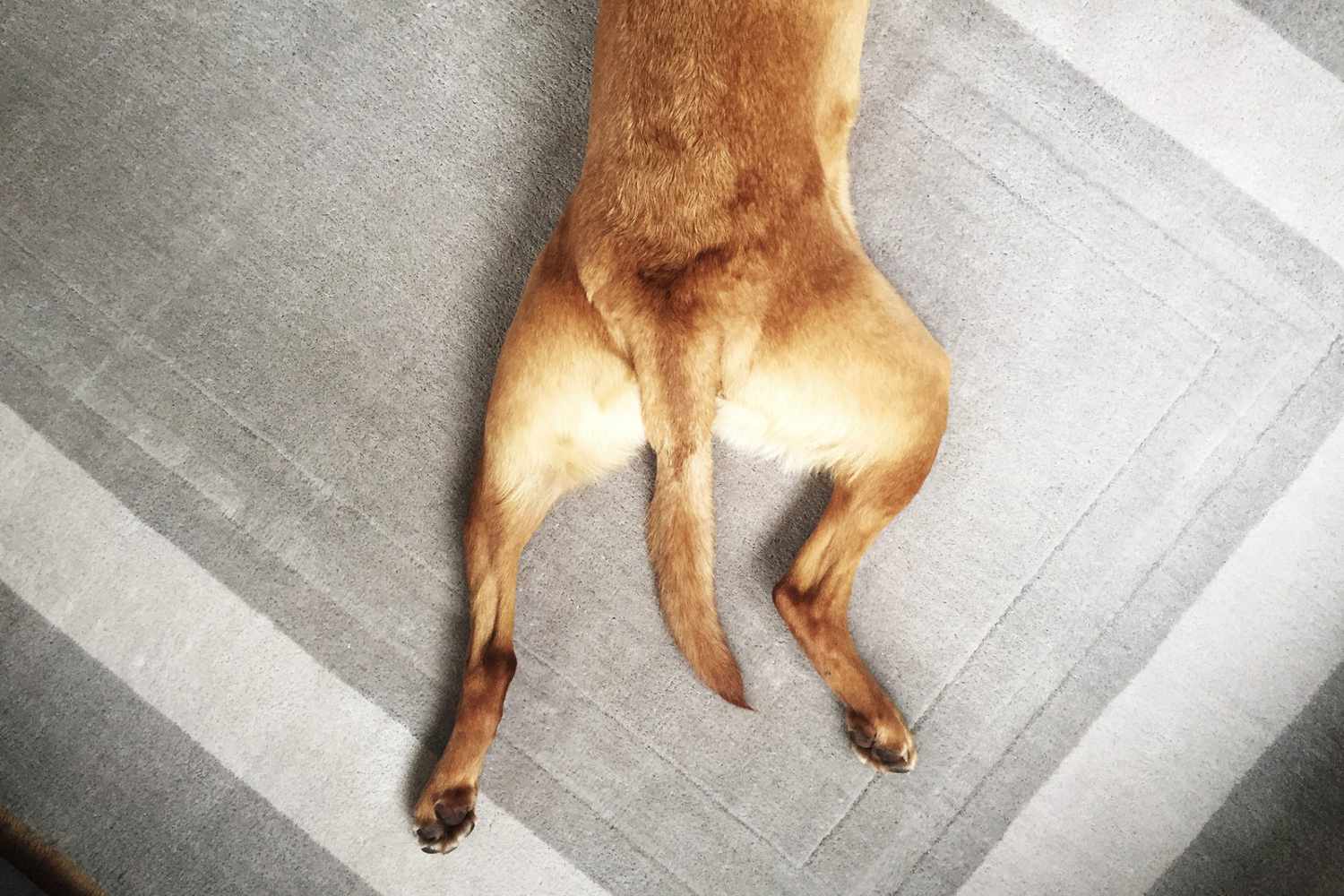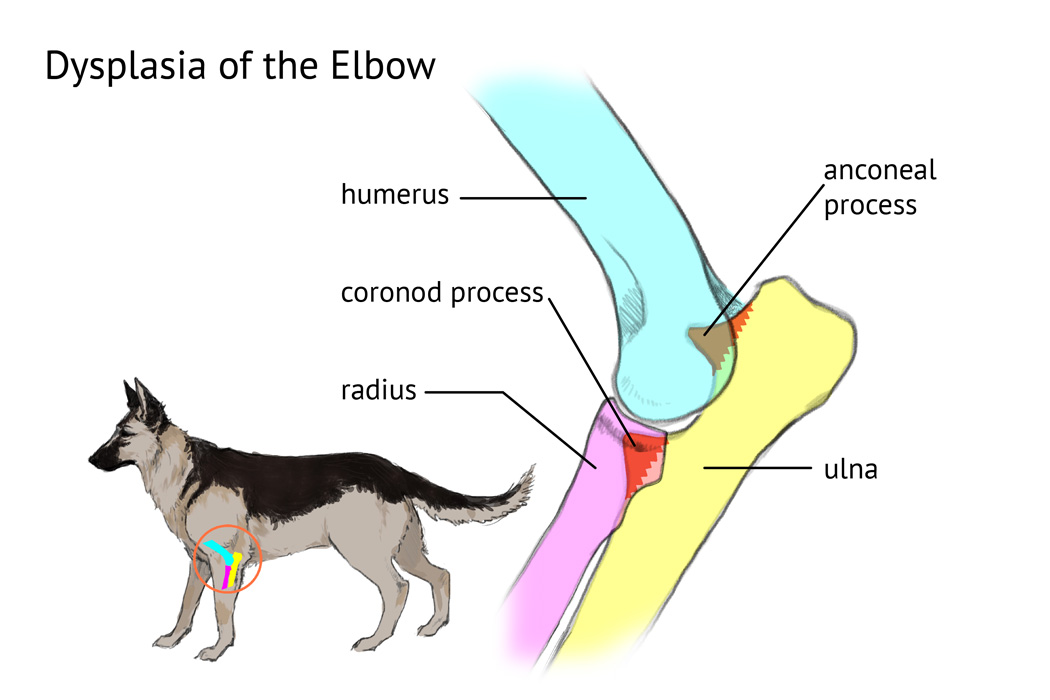Introduction:
Dysplasia in dogs refers to the abnormal development of joints, leading to various orthopedic conditions. In this comprehensive article, we will explore the causes, symptoms, diagnosis, treatment options, and prevention strategies for dysplasia in dogs. By gaining a deeper understanding of this condition and its management, dog owners and veterinarians can work together to provide effective care and improve the overall well-being of dogs affected by joint dysplasia.
Dysplasia in Dogs: An Overview:
Dysplasia in dogs encompasses a range of orthopedic conditions, including hip dysplasia, elbow dysplasia, and shoulder dysplasia. It commonly affects large and giant breed dogs, but can also impact smaller breeds. Dysplasia occurs due to abnormal joint development, leading to joint instability, pain, and potential long-term complications.
Recognizing the Symptoms of Dysplasia in Dogs:
Identifying the symptoms of dysplasia in dogs is crucial for early detection and intervention. Common signs may include:
- Lameness and Difficulty in Mobility:
Dogs with dysplasia may exhibit lameness, stiffness, or difficulty in getting up, walking, or climbing stairs. They may also have an abnormal gait or limp.
- Joint Pain and Discomfort:
Affected dogs may show signs of joint pain, such as reluctance to engage in physical activities, difficulty jumping, or vocalization when touched or manipulated around the affected joint.
- Muscle Atrophy:
Dysplasia can lead to muscle atrophy or loss of muscle mass around the affected joint, resulting in a noticeable difference in muscle size compared to the unaffected side.
- Joint Instability:
In more severe cases, dogs with dysplasia may experience joint instability, causing the joint to “pop” out of place or lead to chronic dislocation.
Diagnosing Dysplasia in Dogs:
Accurate diagnosis of dysplasia involves a thorough examination and diagnostic tests. These may include:
Recommended:
- Petco Review: The Power of Together
- PetSmart Review: Where Pets Inspire Us
- Hill’s Pet Nutrition Review: Pioneering Pet Health and Nutrition
- Royal Canine Review: Tailored Nutrition for Every Pet
- Chewy Review: Pet Care at Your Doorstep
- Physical Examination:
The veterinarian will perform a detailed physical examination, assessing the dog’s gait, joint range of motion, muscle condition, and signs of pain or discomfort.
- Radiographic Evaluation:
X-rays or radiographs are commonly used to evaluate the joint structure, identify any abnormalities, and assess the severity of dysplasia. This is particularly important for diagnosing hip and elbow dysplasia.
- Advanced Imaging Techniques:
In some cases, advanced imaging techniques such as computed tomography (CT) scans or magnetic resonance imaging (MRI) may be recommended to provide a more detailed assessment of the joint structures and surrounding tissues.
- Joint Aspiration:
Joint fluid analysis through joint aspiration may be performed to rule out other joint conditions and evaluate the presence of inflammation or infection.
Treatment Options for Dysplasia in Dogs:
The treatment of dysplasia aims to alleviate pain, improve joint function, and enhance the dog’s quality of life. Treatment options may include:
- Medications:
Non-steroidal anti-inflammatory drugs (NSAIDs) or other pain relief medications may be prescribed to manage pain and reduce inflammation associated with dysplasia.
- Weight Management:
Maintaining a healthy body weight is crucial to reduce stress on the affected joints. A balanced diet and regular exercise can help manage weight and improve overall joint health.
- Physical Therapy and Rehabilitation:
Physical therapy, including exercises, hydrotherapy, and therapeutic modalities, can help improve muscle strength, joint stability, and mobility. Rehabilitation programs are tailored to the individual needs of each dog.
- Surgical Interventions:
In severe cases or when conservative management fails to provide adequate relief, surgical interventions may be considered. These may include joint stabilization procedures, joint replacements, or corrective surgeries to improve joint alignment.
Managing Dysplasia in Dogs:
In addition to treatment, ongoing management and preventive measures are important for dogs with dysplasia:
- Environmental Modifications:
Creating a supportive environment for the dog, such as providing orthopedic beds, non-slip surfaces, and ramps or steps to avoid excessive jumping or stress on joints, can help minimize discomfort and prevent further joint damage.
- Regular Veterinary Check-ups:
Regular check-ups with the veterinarian are essential to monitor the dog’s progress, assess pain levels, and make any necessary adjustments to the treatment plan.
- Genetic Screening and Breeding Practices:
Responsible breeding practices, including genetic screening for dysplasia, can help reduce the incidence of dysplasia in future generations. Breeding dogs with good joint health can help prevent passing on the condition.
- Exercise Management:
Moderate, low-impact exercise routines tailored to the individual dog’s needs can help maintain joint health, muscle strength, and overall fitness. Avoiding high-impact activities or excessive jumping is crucial to minimize joint stress.
Conclusion:
Dysplasia in dogs is a common orthopedic condition that can significantly impact a dog’s quality of life. By recognizing the causes, symptoms, and treatment options discussed in this article, dog owners and veterinarians can work together to provide effective care. Early detection, appropriate treatment, and ongoing management strategies can help improve the well-being of dogs affected by joint dysplasia.
References:
- Flückiger, M. (2018). Canine hip dysplasia: A review. Veterinary Journal, 234, 52-62.
- Lust, G., & Todhunter, R. J. (2010). Canine hip dysplasia: Cause, diagnosis, and hip joint phenotypes. Clinical Techniques in Small Animal Practice, 25(4), 199-208.
- Smith, G. K. (2008). Advances in diagnosing canine hip dysplasia. Journal of the American Veterinary Medical Association, 232(6), 901-907.
- Smith, G. K., Paster, E. R., Powers, M. Y., Lawler, D. F., Biery, D. N., Shofer, F. S., … & Kealy, R. D. (2006). Lifelong diet restriction and radiographic evidence of osteoarthritis of the hip joint in dogs. Journal of the American Veterinary Medical Association, 229(5), 690-693.




